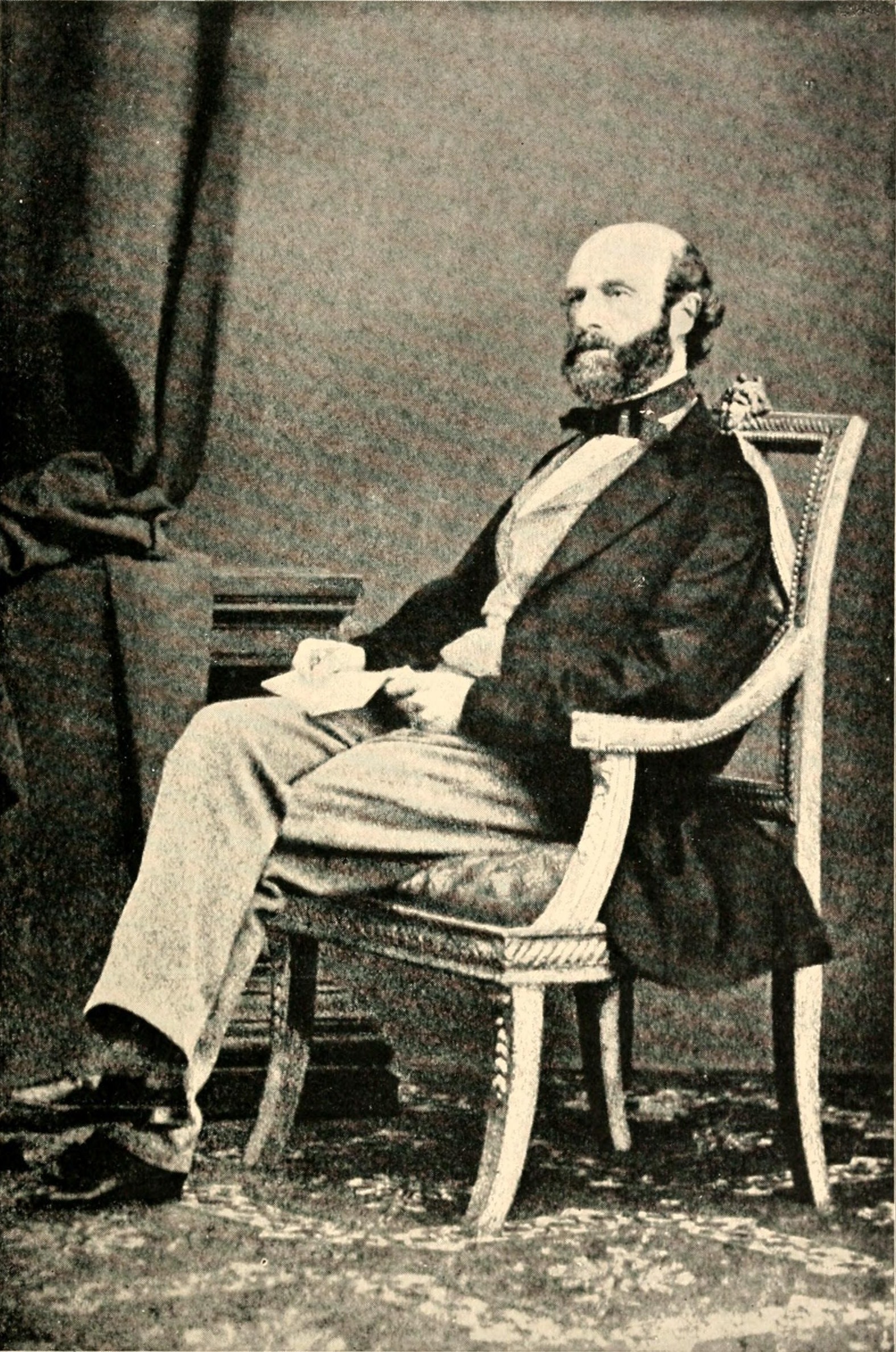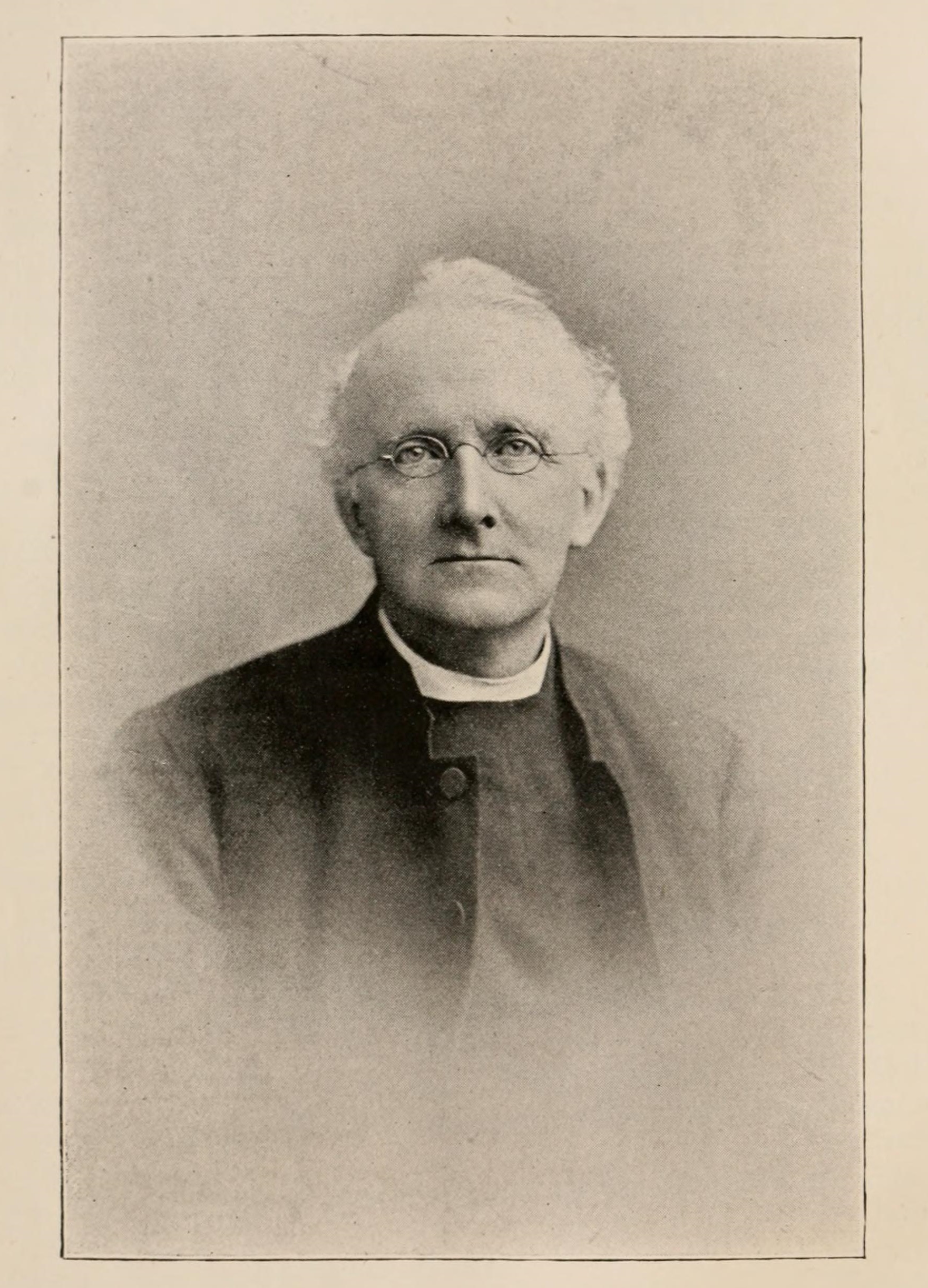|
Natural History Review
''The Natural History Review'' was a short-lived, quarterly journal devoted to natural history. It was published in Dublin and London between 1854 and 1865. The ''Natural History Review'' included the transactions of the Belfast Natural History and Philosophical Society, Cork Cuvierian Society, Dublin Natural History Society, Dublin University Zoological Association, and the Literary and Scientific Institution of Kilkenny, as authorised...It was founded by Edward Perceval Wright who was also the editor. The parts are: Vols 1-4, 1854–57; title concludes: ...by the Councils of these Societies (Geological Society of Dublin later added to list) This was continued as ''Natural History Review, and quarterly journal of science''. Edited by Edward Percival Wright, William Henry Harvey, Joseph Reay Greene, Samuel Haughton and Alexander Henry Haliday London, Vols 5-7, 1858-60. In turn continued as ''Natural History Review'': a quarterly journal of biological science. Edited by ... [...More Info...] [...Related Items...] OR: [Wikipedia] [Google] [Baidu] |
William Henry Harvey
William Henry Harvey, FRS FLS (5 February 1811 – 15 May 1866) was an Irish botanist and phycologist who specialised in algae. Biography Harvey was born at Summerville near Limerick, Ireland, in 1811, the youngest of 11 children. His father Joseph Massey Harvey, was a Quaker and prominent merchant. William started his education at Ballitore School in County Kildare and by the age of 15 had already established algae as his over-riding interest.Papenfuss, G.F. 1976. pp.21–46. Landmarks in Pacific North American Marine Phycology. ''in'' Abbott, I.A. and Hollenberg, G.J. 1976. ''Marine Algae of California''. Stanford University Press, California. After leaving school he joined the family business. Harvey was an authority on algae and bryophytes ( mosses), and author of ''A Manual of the British Algae'' (1841), ''Phycologia Britannica'' (4 vols., 1846–51), ''Nereis Boreali-Americana.'' (3 parts 1852–85) and '' Phycologia Australica'' (5 vol., 1858–63). He spent several y ... [...More Info...] [...Related Items...] OR: [Wikipedia] [Google] [Baidu] |
Publications Established In 1854
To publish is to make content available to the general public.Berne Convention, article 3(3) URL last accessed 2010-05-10.Universal Copyright Convention, Geneva text (1952), article VI . URL last accessed 2010-05-10. While specific use of the term may vary among countries, it is usually applied to text, images, or other content, including paper ( |
Natural History Journals
Nature, in the broadest sense, is the physical world or universe. "Nature" can refer to the phenomena of the physical world, and also to life in general. The study of nature is a large, if not the only, part of science. Although humans are part of nature, human activity is often understood as a separate category from other natural phenomena. The word ''nature'' is borrowed from the Old French ''nature'' and is derived from the Latin word ''natura'', or "essential qualities, innate disposition", and in ancient times, literally meant "birth". In ancient philosophy, ''natura'' is mostly used as the Latin translation of the Greek word ''physis'' (φύσις), which originally related to the intrinsic characteristics of plants, animals, and other features of the world to develop of their own accord. The concept of nature as a whole, the physical universe, is one of several expansions of the original notion; it began with certain core applications of the word φύσις by pre-So ... [...More Info...] [...Related Items...] OR: [Wikipedia] [Google] [Baidu] |
William Benjamin Carpenter
William Benjamin Carpenter CB FRS (29 October 1813 – 19 November 1885) was an English physician, invertebrate zoologist and physiologist. He was instrumental in the early stages of the unified University of London. Life Carpenter was born on 29 October 1813 in Exeter, the eldest son of Dr Lant Carpenter and his wife, Anna Carpenter (née Penn). His father was an important Unitarian preacher who, according to Adrian Desmond, influenced a "rising generation of Unitarian intellectuals, including James Martineau and the ''Westminster Reviews John Bowring." From his father, Carpenter learned to believe in the essential lawfulness of creation and that explanations of the world were to be found in physical causes. He embraced this "naturalistic cosmogony" as his starting point. Carpenter was apprenticed in 1828 to the eye surgeon John Bishop Estlin, who was also the son of a Unitarian minister. He attended lectures at Bristol Medical School, later studied at University College ... [...More Info...] [...Related Items...] OR: [Wikipedia] [Google] [Baidu] |
George Busk
George Busk FRS FRAI (12 August 1807 – 10 August 1886) was a British naval surgeon, zoologist and palaeontologist. Early life, family and education Busk was born in St. Petersburg, Russia. He was the son of the merchant Robert Busk and his wife Jane. Robert Busk was the son of Sir Wadsworth Busk, who was an Attorney General of the Isle of Man. Jane Busk's father, John Westly, was Customs House clerk in St. Petersburg. He studied at Dr. Hartley's School in Yorkshire. He studied surgery in London, at both St Thomas' Hospital and for one session at St Bartholomew's Hospital. Career Busk was appointed assistant-surgeon to the Greenwich Hospital in 1832. He served as naval surgeon first in . He later served for many years in , which had fought at Trafalgar. In Busk's time it was used by the Seamen's Hospital Society as a hospital ship for ex-members of the Merchant Navy or fishing fleet and their dependants. During this period Busk made important observations on cholera an ... [...More Info...] [...Related Items...] OR: [Wikipedia] [Google] [Baidu] |
Alexander Henry Haliday
Alexander Henry Haliday (1806–1870, also known as Enrico Alessandro Haliday, Alexis Heinrich Haliday, or simply Haliday) was an Irish entomologist. He is primarily known for his work on Hymenoptera, Diptera, and Thysanoptera, but worked on all insect orders and on many aspects of entomology. Haliday was born in Carnmoney, Co. Antrim later living in Holywood, County Down, Ireland. A boyhood friend of Robert Templeton, he divided his time between Ireland and Lucca, where he co-founded the Italian Entomological Society with Camillo Rondani and Adolfo Targioni Tozzetti. He was a member of the Royal Irish Academy, the Belfast Natural History Society, the Microscopical Society of London, and the Galileiana Academy of Arts and Science, as well as a fellow of the (now Royal) Entomological Society of London. Alexander Haliday was among the greatest dipterists of the 19th century and one of the most renowned British entomologists. His achievements were in four main fields: desc ... [...More Info...] [...Related Items...] OR: [Wikipedia] [Google] [Baidu] |
Samuel Haughton
Samuel Haughton (21 December 1821 – 31 October 1897) was an Irish clergyman, medical doctor, and scientific writer. Biography The scientist Samuel Haughton was born in Carlow, the son of another Samuel Haughton (1786-1874) and grandson (by his second wife Jane Boake) of the three-times-married Samuel Pearson Haughton (1748-1828), a Quaker. Samuel Pearson Haughton was also father, by his third wife Mary Pim, of James "Vegetable" Haughton (1795–1873), a Unitarian, an active philanthropist, a strong supporter of Father Theobald Mathew, a vegetarian, and an anti-slavery worker and writer. The scientist Samuel Haughton had a distinguished career in Trinity College, Dublin and in 1844 he was elected a fellow. Working on mathematical models under James MacCullagh, he was awarded in 1848 the Cunningham Medal by the Royal Irish Academy. In 1847 he had his ordination to the priesthood but he was not someone who preached. He was appointed as professor of geology in Trinity College ... [...More Info...] [...Related Items...] OR: [Wikipedia] [Google] [Baidu] |
Joseph Reay Greene
Joseph Reay Greene (1836–1903) was an Irish zoologist. Between 1858 and 1877 Reay Greene was Professor of Natural History in Queen's College, Cork. He was one of the Editors of the ''Natural History Review''. He was a specialist in Hydrozoa. Works Partial list *1857. On the Acalephae of Dublin coast, with description of seven new nakedeyed forms. ''Natural History Review'', Proceedings of Societies 4: 242-250. *1869 ''Manual of the Coelenterata''. 8vo. London *1859 With Edward Perceval Wright 1859 Report on the marine fauna of the south and west coasts of Ireland. ''Report for the British Association for the Advancement of Science The British Science Association (BSA) is a charity and learned society founded in 1831 to aid in the promotion and development of science. Until 2009 it was known as the British Association for the Advancement of Science (BA). The current Chie ...'' : 176-181. References {{DEFAULTSORT:Greene, Joseph Reay Irish zoologists 1836 births 1 ... [...More Info...] [...Related Items...] OR: [Wikipedia] [Google] [Baidu] |
Edward Perceval Wright
Edward Percival (Perceval) Wright (27 December 1834, Donnybrook – 2 March 1910) FRGSI was an Irish ophthalmic surgeon, botanist and zoologist. Family, education and career He was the eldest son of barrister, Edward Wright and Charlotte Wright. One of his brothers was Charles Henry Hamilton Wright. Edward was educated by a private tutor, and was taught natural history by George James Allman. From 1852 he studied at Trinity College, Dublin, graduating BA in 1857. In that same year he became Curator of the University Museum at Trinity and, the following year, 1858, Lecturer in Zoology, a post which he held for ten years. At the same time he undertook medical studies and lectured in botany at the medical school of Dr Steevens' Hospital, Dublin gaining an M.A. (University of Dublin) in 1859 and an MA Ad eundem degree (University of Oxford). He graduated M.D in 1862. Wright was also a founding editor of the Journal of Anatomy and Physiology in 1867. Wright next studied ophthalmic ... [...More Info...] [...Related Items...] OR: [Wikipedia] [Google] [Baidu] |
Dublin
Dublin (; , or ) is the capital and largest city of Republic of Ireland, Ireland. On a bay at the mouth of the River Liffey, it is in the Provinces of Ireland, province of Leinster, bordered on the south by the Dublin Mountains, a part of the Wicklow Mountains range. At the 2016 census of Ireland, 2016 census it had a population of 1,173,179, while the preliminary results of the 2022 census of Ireland, 2022 census recorded that County Dublin as a whole had a population of 1,450,701, and that the population of the Greater Dublin Area was over 2 million, or roughly 40% of the Republic of Ireland's total population. A settlement was established in the area by the Gaels during or before the 7th century, followed by the Vikings. As the Kings of Dublin, Kingdom of Dublin grew, it became Ireland's principal settlement by the 12th century Anglo-Norman invasion of Ireland. The city expanded rapidly from the 17th century and was briefly the second largest in the British Empire and sixt ... [...More Info...] [...Related Items...] OR: [Wikipedia] [Google] [Baidu] |
Literary And Scientific Institution Of Kilkenny
Literature is any collection of written work, but it is also used more narrowly for writings specifically considered to be an art form, especially prose fiction, drama, and poetry. In recent centuries, the definition has expanded to include oral literature, much of which has been transcribed. Literature is a method of recording, preserving, and transmitting knowledge and entertainment, and can also have a social, psychological, spiritual, or political role. Literature, as an art form, can also include works in various non-fiction genres, such as biography, diaries, memoir, letters, and the essay. Within its broad definition, literature includes non-fictional books, articles or other printed information on a particular subject.''OED'' Etymologically, the term derives from Latin ''literatura/litteratura'' "learning, a writing, grammar," originally "writing formed with letters," from ''litera/littera'' "letter". In spite of this, the term has also been applied to spoken or sun ... [...More Info...] [...Related Items...] OR: [Wikipedia] [Google] [Baidu] |


.jpg)




